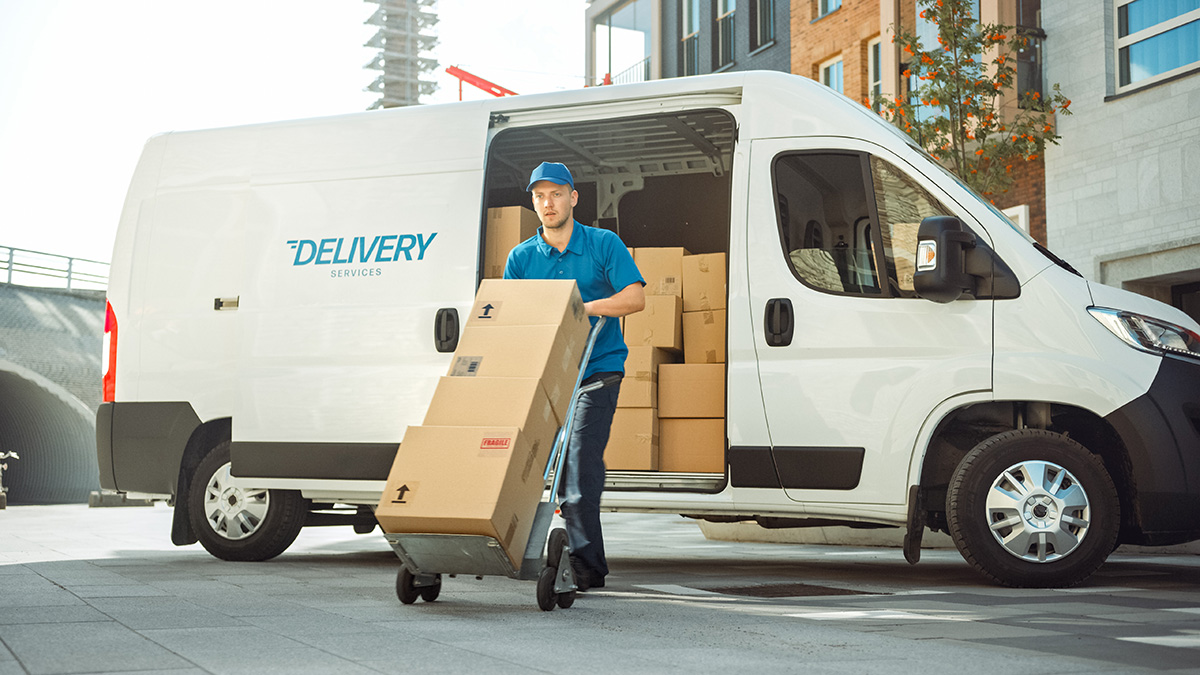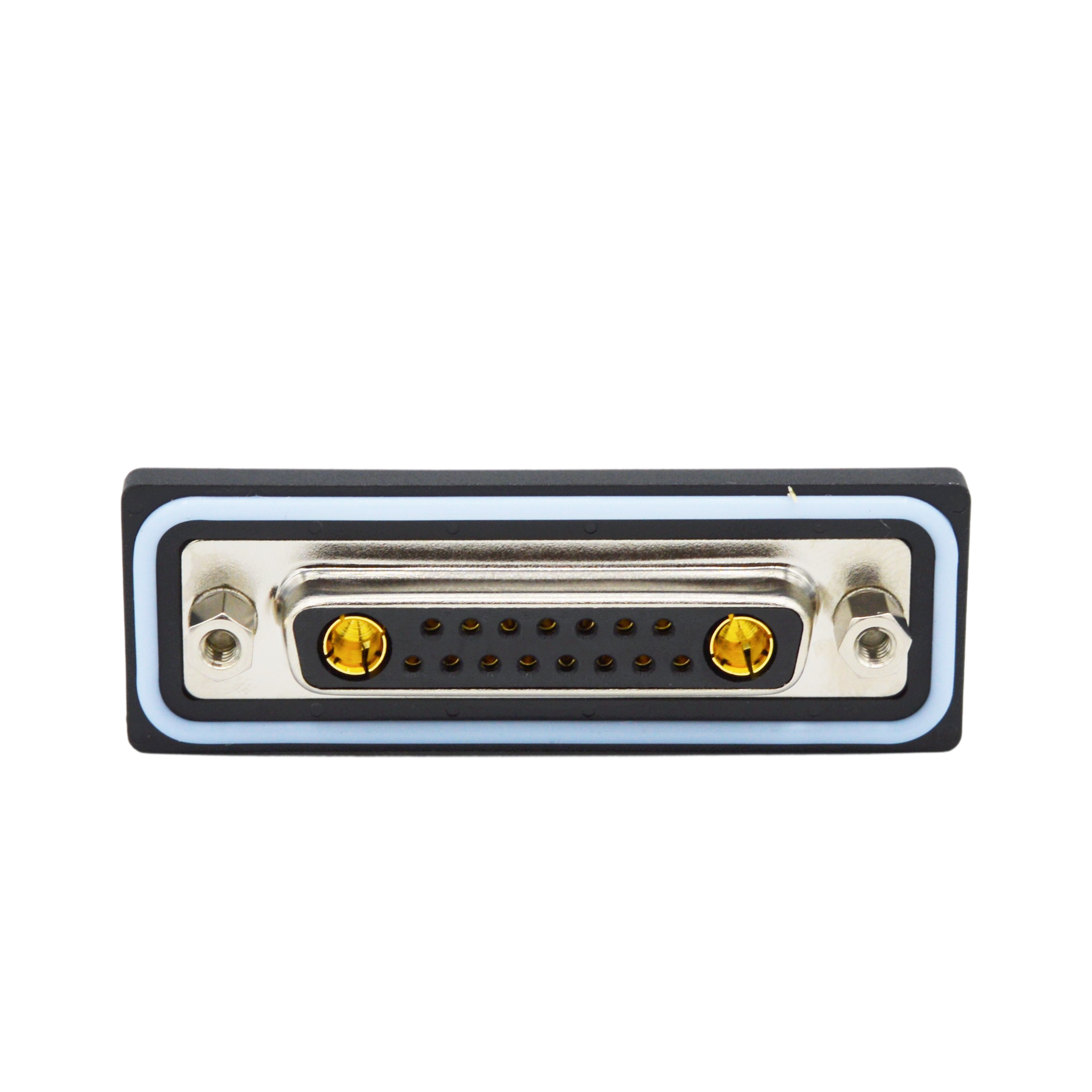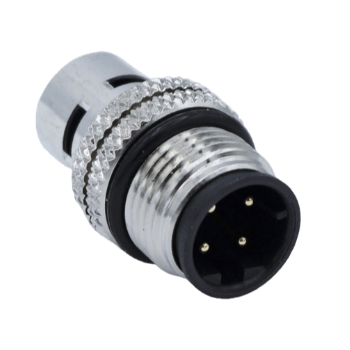Products
- Circular Connectors & Cable Assemblies
- D-Sub Connectors
- IP67 D-Sub Connectors
- D-Sub Backshells
- Micro-D Connectors & Cable Assemblies
- Power-D & Combo Mixed Connectors
- Push Pull Connectors
- D-Sub & Micro D Hardware
- Modular RJ45 Connectors
- USB Connectors
- D-Sub Adapters & Gender Changers
- SCSI .085"/.050"
- .050 Ribbon
- Headers & Receptacles
- Bayonet Connectors
Long Haul Telematics: 3 Instances of Design Success
What makes telematics successful? Sensors and data are the starting point, but the tech is toothless unless it incorporates business changes.
The three recent projects in long-haul transportation that follow are among the best of telematics deployments, because new business rules have been built into the system.
Rather than a one-size-fits-all approach, each used operational research to understand the specifics of process and solved problems by adopting real-time indicators and strong actions.

#1 Telematics Temperature Management
Transcorp International provides last-mile refrigerated and frozen deliveries for giant retailers like Amazon and Europe’s Carrefour. Initially its fleet of 252 vehicles was equipped with IoT sensors and telematics management software, but this system turned out to be ineffective. It did not give dispatchers a reliable view of ground operations or enough opportunities to take corrective action.
For example, even with a telematics system in place, important variables were not being measured. It was still up to drivers to take manual readings of fuel consumption and remember routine maintenance tasks.
One very important data point was left out of the initial automation, especially for a cold chain company. Yes—the temperature inside the trucks! Temperatures were measured offline and only after all the goods were emptied from the back. If refrigeration failed during a route, there would be no way to know—or intervene—until after all deliveries were made.
A more robust and thoughtful approach to telematics came from tech consultancy MaliaTec. Once its system designers identified the required data, the appropriate hardware could be installed. The Transcorp fleet was re-equipped with GPS tracking devices, mobile DVR units, temperature and humidity sensors, cameras, and driver ID and fuel readers.
The new telematics fully digitized fuel consumption monitoring and suggested fuel-optimized delivery routes. Alerts and reports were set up for telematics temperature management and humidity fluctuations, so dispatchers and drivers could respond to refrigeration breakdowns in time.
Other mechanisms implemented ensured delivery drivers were better assessed for both good conduct and good driving. Rather than picking a random truck in the fleet each day, drivers were assigned to the same one, increasing driving and maintenance accountability.
When telematics equipment, data, and software are all aligned with the needs of the operation, automation systems can surpass normal performance and productivity expectations. The metrics showed substantial improvements:
- The on-time success rate for 15,000 deliveries per day improved to 98.2%, compared to an industry standard of around 70%.
- While the industry standard in cold chain is 2 windows per day waiting time, Transcorp could increase the number of windows to 4 per day. Overall, delivery times were 4% faster.
- After 5 months, the fleet has had zero road accidents.
- Fuel consumption reduced because of less mileage, which dropped 6.2%.
|
Temperature-Resistant Connectors for the Trailer Environment
|
|
 |
|
 |
|

#2 GPS Fleet Telematics
The perennial problem in Mexico for long-distance logistics is security. If you send a delivery or moving truck from one city to another, there’s a chance you won’t ever see it again. It is not uncommon for bandits to hijack deliveries through rural areas, keeping the vehicle and reselling the goods in the markets of organized crime.
The dominant meat supplier in the country, SuKarne, owns an immense ground fleet of 2,800 vehicles. During the pandemic, the number of transport thefts tripled, costing the company the equivalent of $1 million.
In remote areas, the response from authorities took too long to stop the crime or follow a hot trail. SuKarne trucks had no fleet telematics gps tracking to locate the vehicles after theft.
The wholesale food company hired the gps fleet telematics firm CTTMX to set up the communication and IoT equipment to take on crime.
Hardware on the trucks included Queclink GL300W GPS asset trackers. GPS telematics devices were also placed in the containers holding the goods, so the truck contents could still be tracked if they were unloaded.
Substantial action accompanied the tech changes. Now if you hijack a truck, the meat company will hunt you down. When a crime to the fleet is reported, dispatchers send SuKarne’s own mobile response team. The search party follows the GPS readings for the stolen vehicle and its contents, then coordinates with local authorities to zero in at the hiding spots.
The onboard telematics has helped SuKarne secure more than 7,200 routes. Because the system leads police to the doors of organized crime cells, their rural networks are being dissembled—preventing future crimes from happening.
|
Rugged Connectors for Location and Route Data |
|
#3 Enhancing Driver Performance With Fleet Telematics
Other losses can plague remote fleets, those caused by employees. Careless vehicle operation can cause breakdowns, premature wear, or accidents. Dishonest drivers can siphon off fuel for their own personal use. Employees can fudge mileage numbers or even sabotage tracking devices to avoid detection of bad behavior.
Transportes Ortega, which operates 150 long haul trucks up and down the length of Chile for timber and related industries, was experiencing many of these employee-centered problems, including fuel theft and poor driving habits.
New telematics tracking devices and fuel level sensors (FLS) were installed of a third of their fleet as a test, representing a wide variety of vehicle and equipment brands.
These fleet telematics trackers produced metrics like revolutions per minute (RPM) and engine temperature, which, combined with GPS data, can be used to assess driving style. With poor driving practices identified, staff can then correct driver behavior and use machine alerts as a reminder.
Because the system could track both the refueling amounts from the source as well as from the tank, controllers could detect a fuel theft in real time, leading to immediate disciplinary action. Employees are less tempted to skim when there is little room left to game the system.
As a result, fuel consumption dropped 5% in the test fleet.
|
Best Connectors for Telematic Mechanics Monitoring |
|
Design with Purpose
The purpose of a system is what it does, as goes an old engineering adage.
Telematics can end up as a collection data that simply sits there or it can result in meaningful actions that build new functionality.
No matter what your purpose, a thoughtful approach to the system extends to all aspects of the design, including selecting the sensors and interconnects appropriate to the vibrational and temperature extremes of long-haul trucking. NorComp carries a wide range of the most rugged and long-lasting connectors on the market, compatible with common IoT and telematics components. Contact us today to see how to ruggedize your fleet network for the long haul.
Go Back





